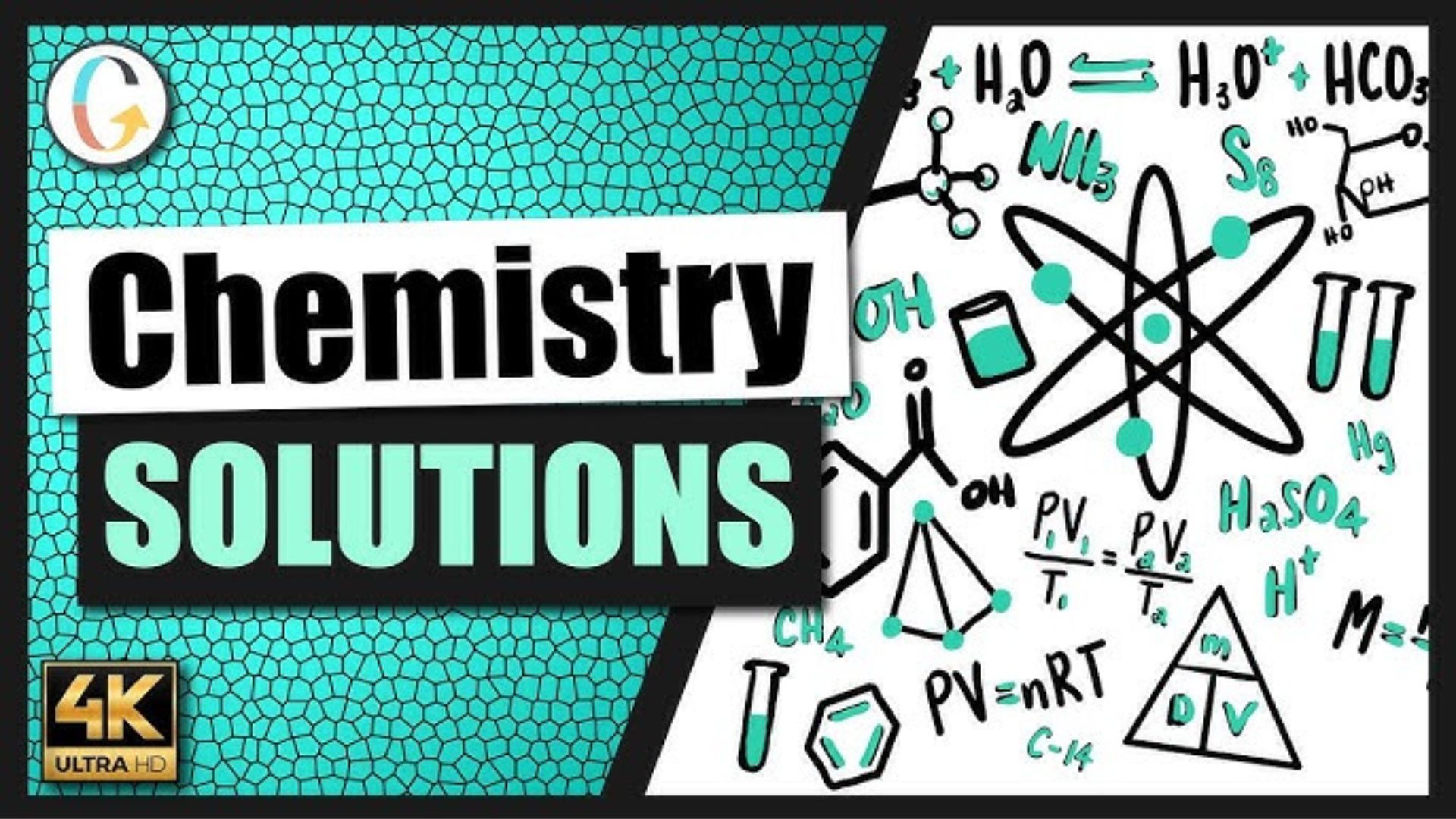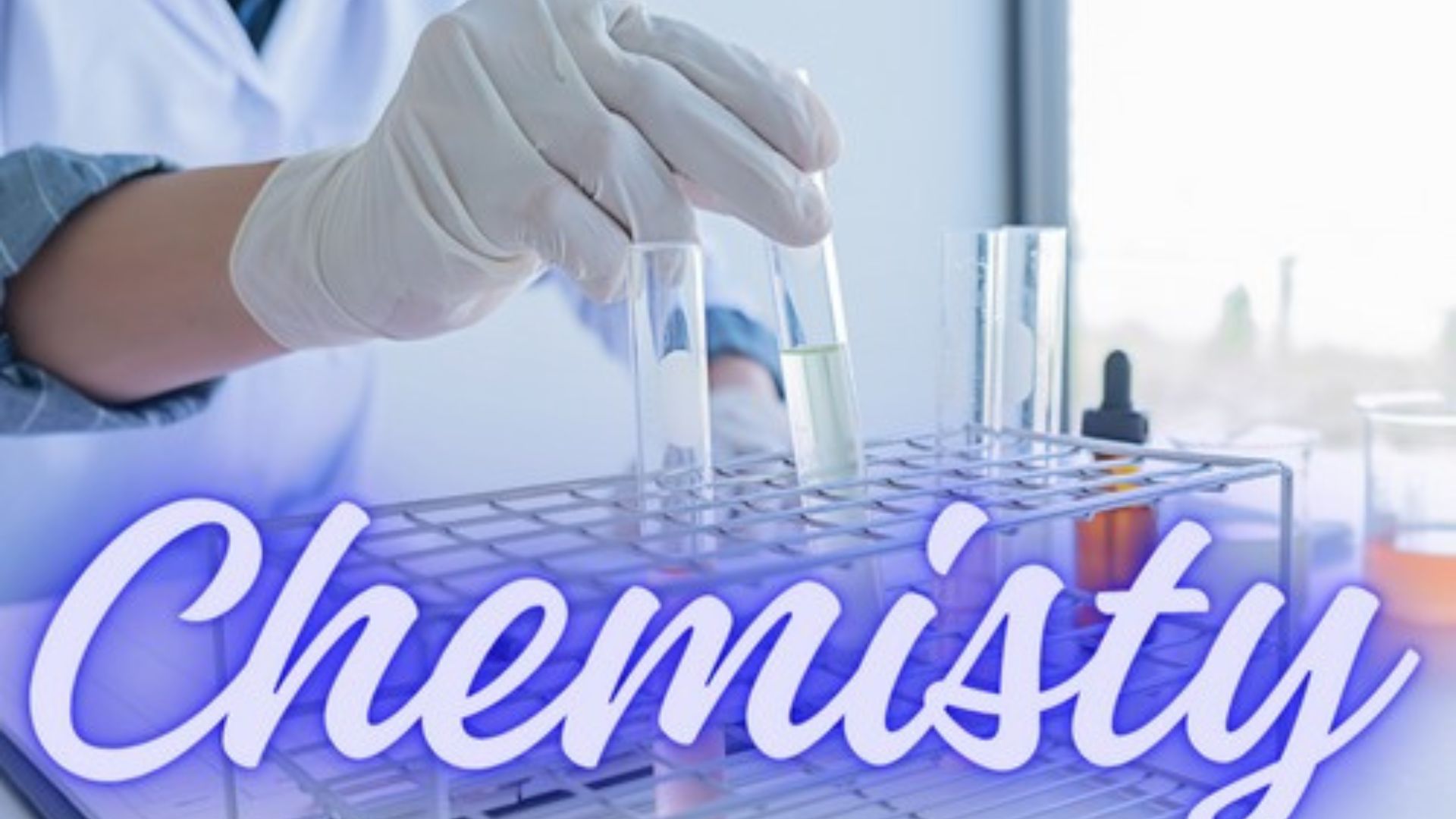The chemistry of solutions is a fascinating area that explores how substances dissolve, interact, and behave in different solvents. Solutions are a part of our everyday lives, from the salt in our food to the cleaning agents we use. This article will dive into the basics of solutions, their types, and the factors influencing their behavior.

Chemistry of Solutions and Their Behavior
What is a Solution?
A solution is a homogeneous mixture of two or more substances. In a solution, one substance (the solute) is dissolved in another (the solvent). The solvent is usually present in greater quantity, and it determines the physical state of the solution. For instance, in saltwater, salt is the solute, and water is the solvent.
Types of Solutions
Solid, Liquid, and Gas Solutions
Solutions can exist in different states of matter:
- Solid Solutions: These are mixtures where both solute and solvent are solids. An example is alloys, like bronze, which is a mixture of copper and tin.
- Liquid Solutions: These are the most common and include beverages, saline water, and vinegar. The solvent is a liquid, and the solute can be a solid, liquid, or gas.
- Gaseous Solutions: Air is an example, where gases like oxygen and nitrogen are mixed.
Saturated, Unsaturated, and Supersaturated Solutions
- Saturated Solutions: A solution is saturated when it contains the maximum amount of solute that can dissolve at a given temperature.
- Unsaturated Solutions: These contain less solute than the solvent can dissolve, leaving room for more solute to be added.
- Supersaturated Solutions: These solutions contain more solute than would normally dissolve at a given temperature, often achieved by heating the solvent first.
Factors Affecting Solubility
Temperature
Temperature significantly affects solubility. Generally, the solubility of solids in liquids increases with temperature. For example, sugar dissolves more readily in hot water than in cold. However, the solubility of gases in liquids typically decreases as temperature increases, which is why carbonated drinks lose their fizz faster when warm.
Pressure
Pressure mainly affects the solubility of gases in liquids. According to Henry’s law, the solubility of a gas in a liquid is directly proportional to the pressure of the gas above the liquid. This principle is applied in carbonated beverages, where carbon dioxide is dissolved in the liquid under high pressure.
Nature of Solute and Solvent
The solubility of a substance also depends on the nature of the solute and solvent. “Like dissolves like” is a common rule, meaning polar solvents dissolve polar solutes, and non-polar solvents dissolve non-polar solutes. For instance, water, a polar solvent, easily dissolves salt (a polar compound) but does not dissolve oil (a non-polar substance).
Properties of Solutions
Concentration
Concentration describes the amount of solute present in a given quantity of solvent or solution. It can be expressed in various ways, such as molarity, molality, or mass percent. Understanding concentration is crucial in fields like medicine and chemistry, where precise dosages and reactions depend on it.
Conductivity
Solutions can conduct electricity if they contain ions. Ionic compounds, like salts, dissociate into ions when dissolved in water, making the solution conductive. Non-ionic compounds, like sugar, do not dissociate in water, resulting in a non-conductive solution.
Colligative Properties
Colligative properties depend on the number of solute particles rather than their nature. They include boiling point elevation, freezing point depression, vapor pressure lowering, and osmotic pressure. For example, adding salt to water lowers its freezing point, which is why salt is spread on icy roads.
Practical Applications of Solution Chemistry
Medical and Biological Applications
Solution chemistry is vital in medicine, particularly in the formulation of intravenous fluids and medications. These solutions must be carefully prepared to match the body’s osmotic balance and pH.
Industrial Applications
In industries, solutions are used in processes like electroplating, extraction, and manufacturing of chemicals and pharmaceuticals. Understanding solution behavior helps in optimizing these processes for efficiency and safety.
Conclusion
The chemistry of solutions is a fundamental concept with widespread applications in daily life and various industries. By understanding how different factors affect solubility and solution properties, we can better manipulate and utilize these mixtures for various purposes. Whether in cooking, medicine, or manufacturing, the principles of solution chemistry are essential for practical and scientific advancements.




